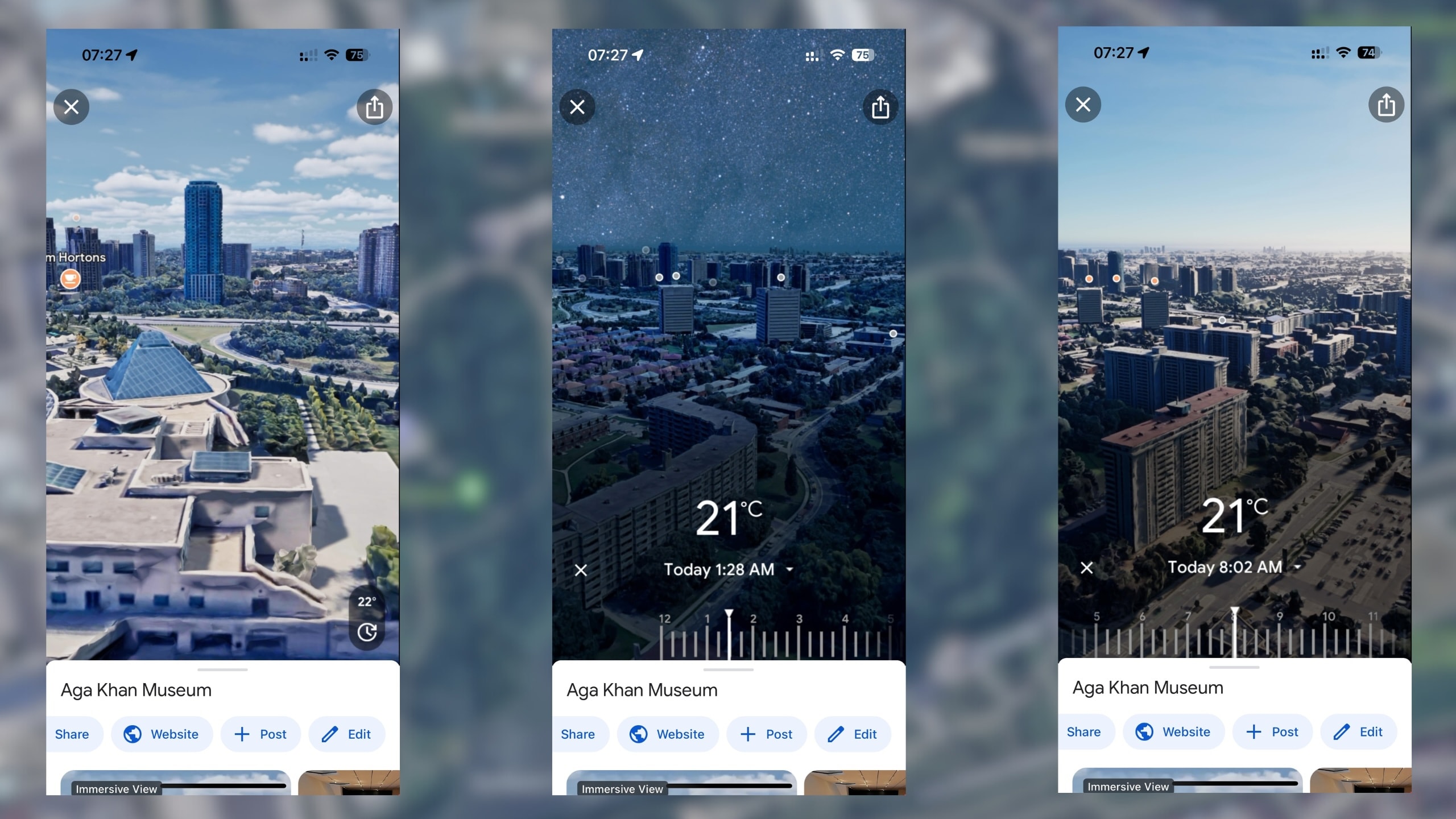
Google Maps is a widely used navigation tool that has become the first choice for millions of users globally.
The tech giant has recently revealed a groundbreaking feature that will revolutionize our usage of maps. Nevertheless, it is important to note that, at the moment, this feature is exclusively accessible to a limited number of users.
What are the latest developments?
Google is introducing a new feature with advanced AI and augmented reality technology. Sources say it can provide real-time, local information and personalized recommendations.
Limited Availability
Google is expanding the feature, but it is not yet available worldwide. The company is using a phased approach to gather data and improve the feature before a wider release.
Access is granted to whom?
It is still unclear who gets access. Some think factors like location, device type, and usage patterns may play a role.
What This Means for You
Most Google Maps users will have to wait longer to try this new feature. In the meantime, the standard version of Google Maps will continue to receive updates and improvements.
Looking ahead
This rollout plan is not new for Google. It lets the company test features thoroughly before launching them fully, ensuring a smooth experience for all users.
While it may be disappointing to miss out on the initial group, keep an eye on Google Maps updates that might eventually reach your device – you never know if you might be next in line for this exciting new product.
New-Generation Google Maps Feature Launches for More Users
It is still unclear who gets access. Some think factors like location, device type, and usage patterns may play a role.
Most Google Maps users will have to wait longer to try this new feature. In the meantime, the standard version of Google Maps will continue to receive updates and improvements.
This rollout plan is not new for Google. It lets the company test features thoroughly before launching them fully, ensuring a smooth experience for all users.
While it may be disappointing to miss out on the initial group, keep an eye on Google Maps updates that might eventually reach your device, you never know if you might be next in line for this exciting new product.
New-Generation Google Maps Feature Launches for More Users, Likely Not for You” by Bogdan Popa, published on July 17, 2023. Here’s a summary of the key points:
- Google is rolling out a new-generation Google Maps experience to more users.
- The new version includes an overhauled user interface with a focus on improved navigation.
- Key features include a redesigned map view, new place cards, and enhanced search capabilities.
- The rollout is gradual and controlled server-side, meaning Google will not release it to all users at the same time.
- There’s no way to force the activation of the new interface; users must wait for Google to enable it for their accounts.
- We expect the new version to eventually reach all users, but the timeline remains unclear.
- Google typically uses a staged rollout approach to gather feedback and make refinements before a full launch.


